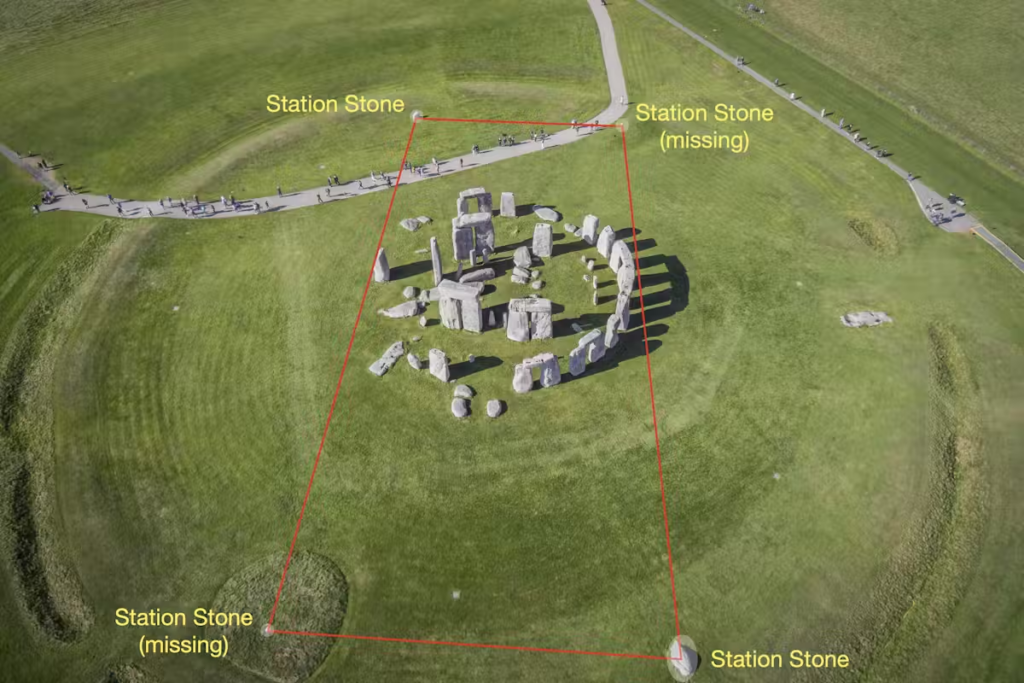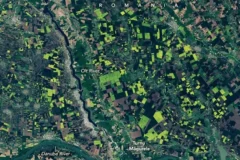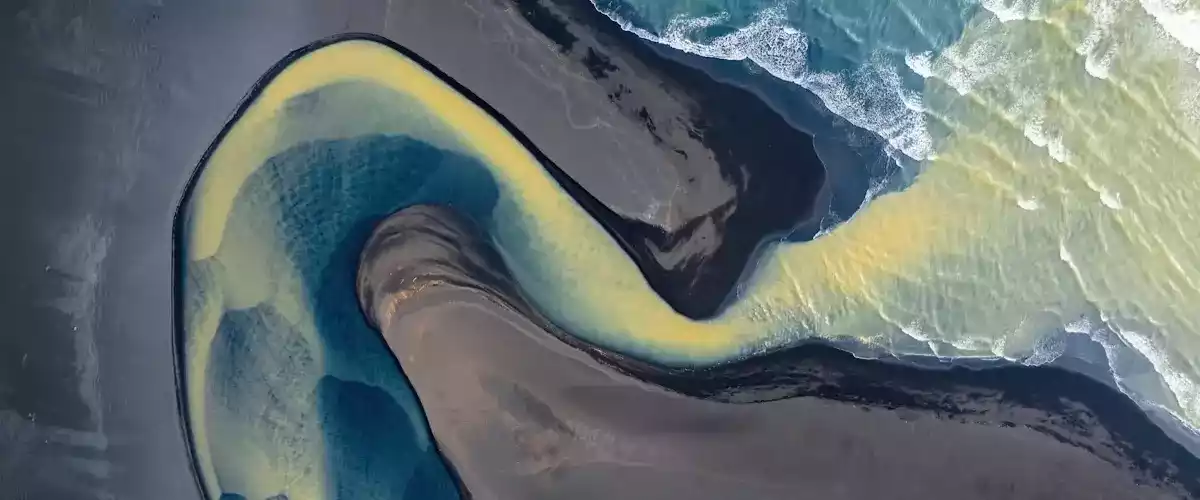As for the connection with the sky, Stonehenge is most famous for its solar orientations.
Every summer night, tens of thousands of people gather at Stonehenge to celebrate and watch the sun rise to coincide with the Heel Stone, which stands outside the circle. Six months later, a smaller crowd gathers around the Heel Stone to watch the sun set in the middle of the stone circle.
But it has been hypothesized for 60 years that part of Stonehenge also aligns with the rising and setting of the moon during the so-called great lunar solstice. Although the correlation between the location of certain stones and the full moon has been known for several decades, no one has systematically observed and recorded this phenomenon at Stonehenge.
This is exactly what we aim to do as part of a project that brings together archaeologists, astronomers and photographers from English Heritage, the Universities of Oxford, Leicester and Bournemouth, as well as the Royal Astronomical Society.
There is now a wealth of archaeological evidence indicating that sun orientation was part of Stonehenge's architectural design. Around 2500 BC the people who installed the large stones and carved the alley with chalk seem to have wanted to fix the axis of the solstice in the architecture of Stonehenge.
Archaeological findings from the nearby Darrington Walls, where scientists believe ancient people visiting Stonehenge stopped, indicate that of the two solstices, the midwinter drew the largest crowds.
But Stonehenge also includes other features, such as 56 pits arranged in a circle, an earthen rampart and ditch, as well as other smaller features such as four station stones. These are four sarsen stones, a type of silicate sandstone common in Wiltshire, which have been carefully placed to form an almost exact rectangle enclosing a stone circle.
Only two of these stones survive, and they pale in comparison to their larger counterparts, being only a few feet tall. What could be their purpose?

Monthly stop
The rectangle they form is not a simple rectangle. The shorter sides are parallel to the main axis of the stone circle, and this may be a clue to their purpose. The longer sides of the rectangle wrap around the outer side of the stone circle.
It is believed that these longer sides coincide with the main lunar positions. If you mark the position of the Moon rising (or setting) during the month, you can see that it moves between two points on the horizon. These southern and northern limits of the moon's sunrise (or sunset) alternate with a cycle of 18,6 years between the minimum and maximum range - the so-called minor and major lunar phases, respectively.
The great lunar solstice is a period lasting about one and a half to two years, when the northernmost and southernmost sunrise (or sunset) of the Moon are at the greatest distance from each other. When this happens, the Moon rises (and sets) outside the range of the Sun's ascension and setting, which may have given this celestial phenomenon a special meaning and significance.

The most convincing evidence that people observed major lunar solstices comes from the American Southwest. The Great House of Chimney Rock, a multi-level complex built by the Ancestral Pueblo in the San Juan National Forest, Colorado, more than 1 years ago.
It is located on a ridge that ends in a natural formation of twin rock pillars, an area of cultural significance to more than 26 Native American tribes. From the perspective of the Great House, the sun will never rise in the space between the pillars.
However, during a long stop, the Moon rises between them in spectacular fashion. During excavations, preserved wood was found, which allowed researchers to determine the years of construction of the Great House.
Of the six excavation dates, four fall on major lunar phases between AD 1018 and 1093, indicating that the site was restored, maintained, or expanded during successive lunar phases.
Returning to southern England, archaeologists believe there is a link between the great lunar lull and the earliest phase of Stonehenge construction (3000-2500 BC), before the sarsen stones were brought.
Several sets of cremated human remains from this construction phase were found in the southeast part of the monument in the general direction of the southernmost great position of the moon, where three wooden posts were also set in the bank. It is possible that there was an early connection between the location of Stonehenge and the Moon, which was later emphasized when the station stone rectangle was constructed.
However, the hypothesis of the moon standing still raises more questions than it answers. We don't know if the lunar placement of the station stones was symbolic, or if people were meant to observe the moon through them. We also don't know which phases of the Moon would be more dramatic to observe.
Finding answers
In our future work, we will try to answer the questions raised by the hypothesis of a great stop of the Moon. It is unclear whether the Moon would be strong enough to cast shadows, and how they would interact with other rocks. We will also need to check if these lines can be seen today or if they are blocked by forests, traffic and other objects.
The moon will align with the rectangle of the station stone twice a month from
from about February 2024 to November 2025, which will give us many opportunities
observe this phenomenon at different times of the year and phases of the moon.
To bring our research to life, English Heritage will be broadcasting the southernmost moonrise in June 2024 and running a range of events throughout the year, including lectures, a pop-up planetarium, stargazing and talks.
On the other side of the Atlantic, our partners with the US Forest Service are developing educational materials about the largest moon landing at Chimney Rock National Monument. This collaboration will result in events demonstrating and discussing the lunar alignments at both Stonehenge and Chimney Rock.


 975
975












